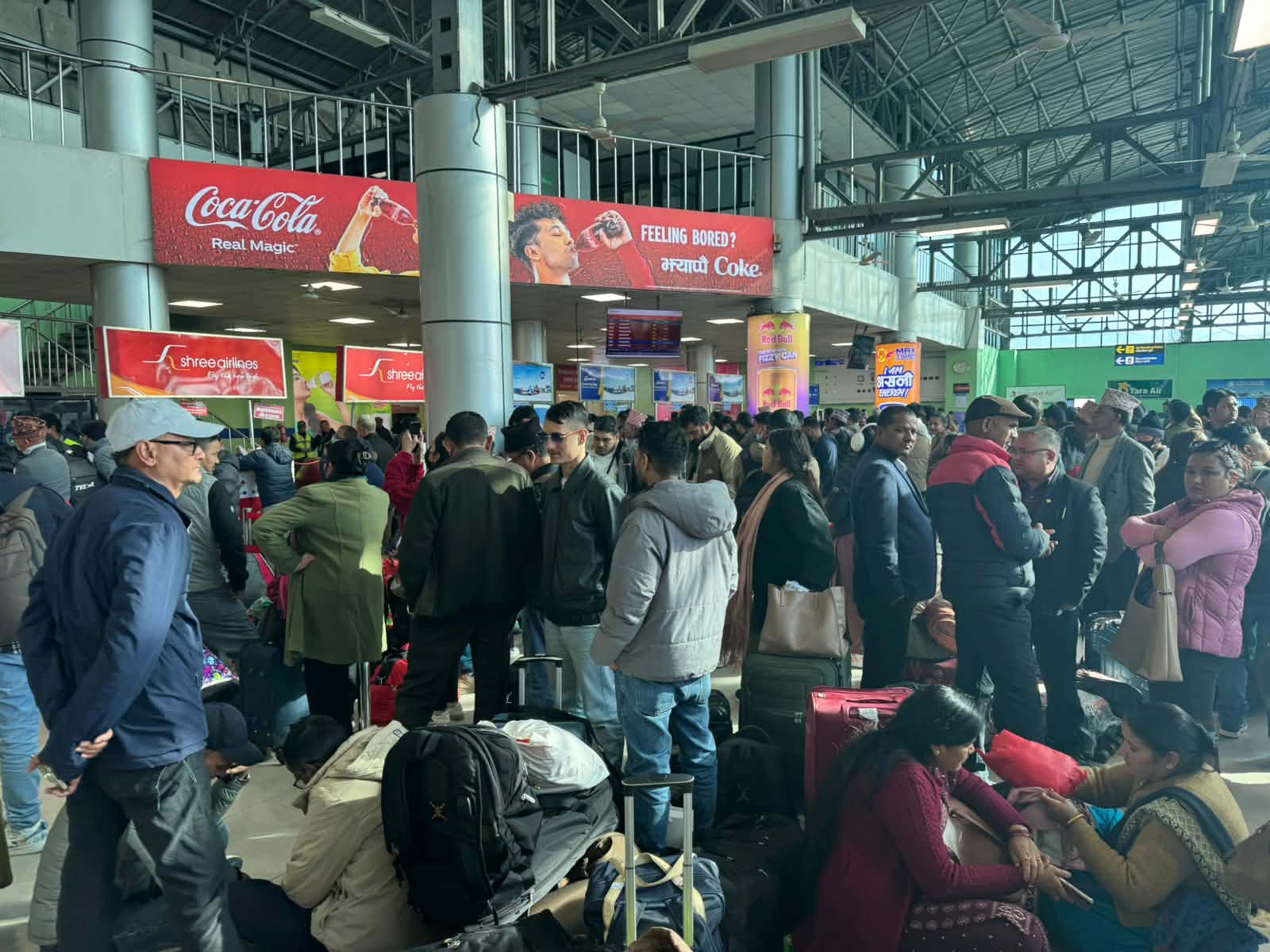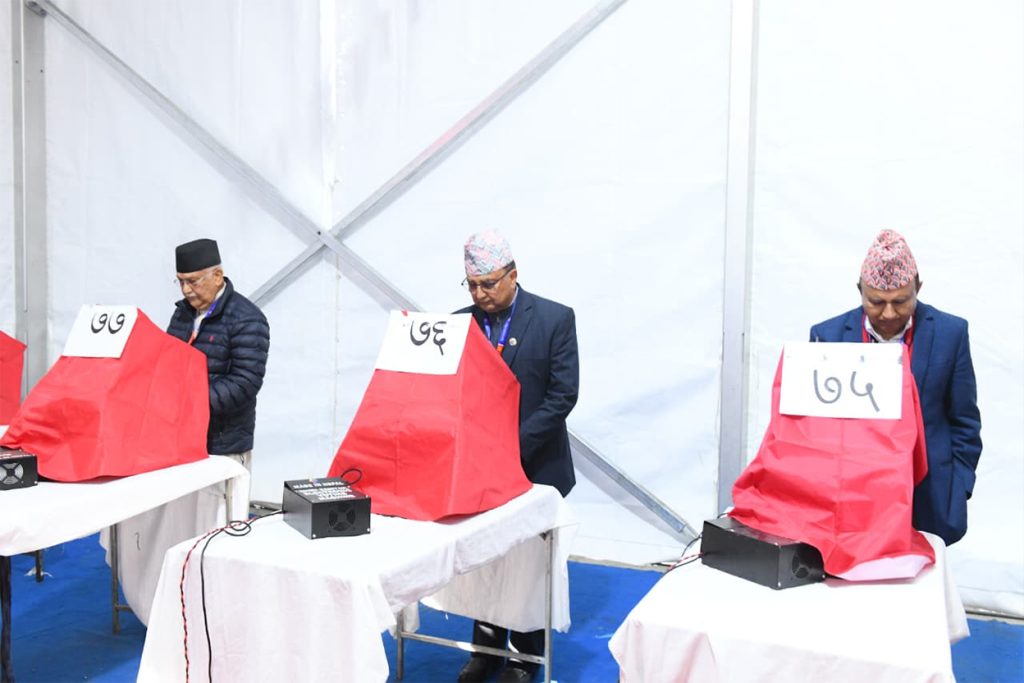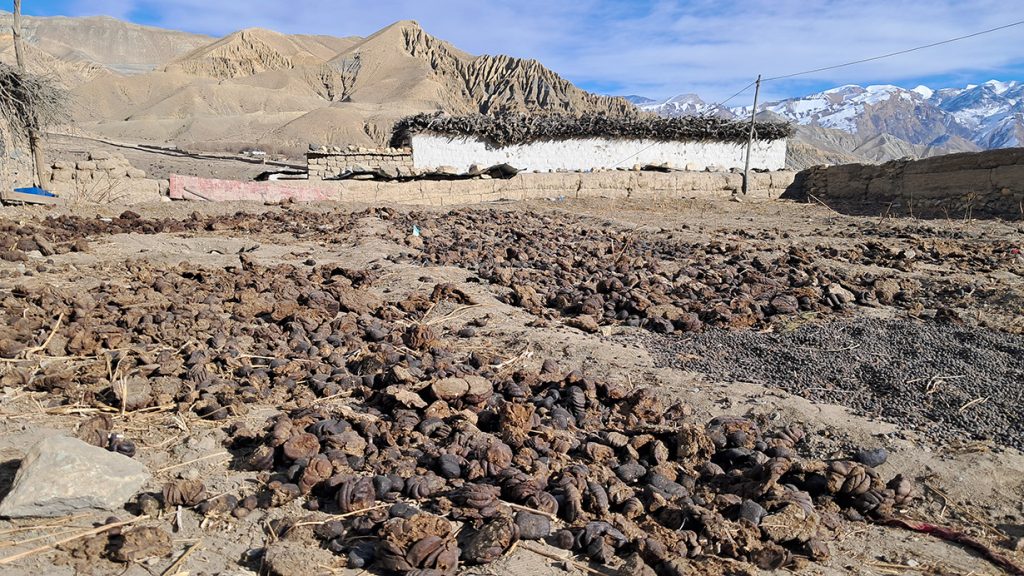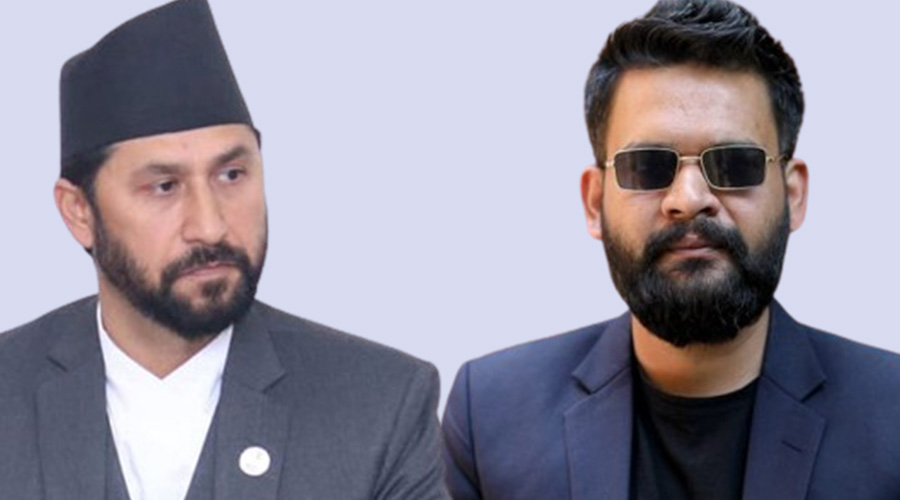
Teaching has always been a highly respected occupation in Nepal. Thanks to the perks that come with being a teacher at a public school, it has, for most points of time, been a much sought-after profession. However, things are different as the government has found it hard to find teachers for remote areas in Nepal.
Take Sindhupalchok’s Lisankhu Pakhar rural municipality as an example. Recently, the rural municipality initiated recruitment processes for English, science, and mathematics teachers at the secondary level. With no one applying, the rural municipality had to issue vacancy announcements for the English teacher five times, for the science teacher four times, and for the mathematics teacher three times. The positions remain vacant.
Kuber Dhwaj Thapa from the rural municipality said they always have a hard time finding teachers due to their remoteness.
“Our rural municipality does not have licenced teachers and teachers from outside are reluctant to apply because of the low salary and limited facilities provided by the government,” said Thapa.
Those who work in public schools as secondary-level teachers get Rs 43,689 as salary along with festival allowance and uniform expenses. However, teachers who are employed under the federal subsidy are only paid Rs 35,990 and do not get any other allowances.
“Qualified teachers try to get permanent jobs through the Teachers Service Commission due to the facilities they get, which are comparatively higher than salary under the federal subsidy,” says Thapa who is hopeful of filling the vacant positions soon.
As the rural municipality fails to fill the vacant positions, the local schools and their students continue to suffer. The scarcity of teaching prospects within the village, along with insufficient compensation and limited benefits for those selected through quotas, teacher subsidies, one-time subsidies, provincial assistance, and local programs, has led to challenges in finding suitable candidates.
Furthermore, the situation is worsened by the requirement for these appointed teachers to resign in the event that a permanent teacher is selected by the Teachers Service Commission. This factor diminishes the enthusiasm of qualified applicants.
No attraction
The National Secondary School of Beni Municipality in Myagdi has called a vacancy announcement for a mathematics teacher for the third time. No one has applied yet. Shailung rural municipality in Dolakha is also looking for two secondary-level science teachers and one mathematics teacher.
Similarly, Pragati Secondary School in Kanchan rural municipality in Rupandehi is also failing to find two English teachers. When the school called for an application the first time, no qualified applicant applied as it had made a teaching licence mandatory. The second time, the rural municipality called for an application without making a teaching licence mandatory.
The school’s principal, Ganesh Paudel, shares that they have received three applications thus far. This vacancy was called privately and the money is not great.
“Most licenced teachers want to come through the commission as the facilities are more. It is hard for us to get teachers. There is nothing we can do about it,” said Paudel.
The challenges
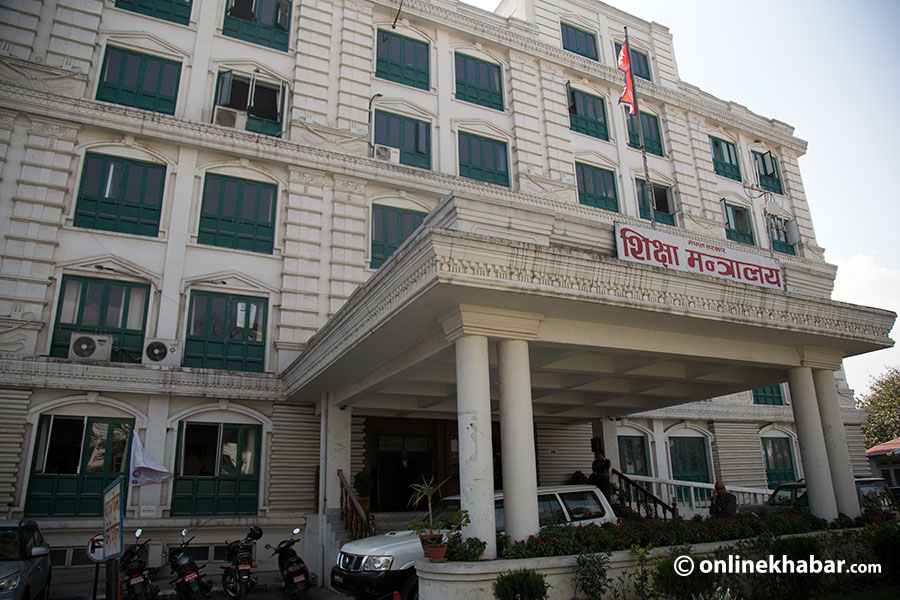
Paudel highlights that one of the major challenges for schools is teacher management and it is happening due to the government’s failure to expand the required positions.
“Despite having over 1,800 students enrolled, the government has allocated only 21 teaching positions to the school. Currently, the school has managed to employ 34 teachers through a combination of grants, relief, and private funding sources,” Paudel said.
The government has not introduced any new teaching positions since the 1998/99 academic year. Even though lower secondary and secondary level schools have been permitted to operate, many rural schools are grappling with a severe shortage of teachers because the government has not increased the number of teaching positions.
The government has made the teaching permit (license) mandatory for teachers hired through relief, grants, and private sources. This has meant some schools have not been able to find subject teachers despite advertising over 10 times.
According to Paudel, individuals with teaching licenses tend to prioritise the Teachers Service Commission examination and are less inclined towards pursuing temporary positions. Over the past few years, the Teachers Service Commission has been conducting its examination annually, allowing candidates the opportunity to reattempt the test if they do not succeed on their first try.
Paudel emphasises that teachers recruited through private channels under relief, subsidies, and service provisions do not receive the same benefits as their counterparts in permanent positions.
“It is unfair that the teachers hired privately do not have the same perks like public teachers. That means, these teachers rather go to private schools and make more money instead of coming to rural areas and teaching in public schools,” said Paudel.
Management of teachers in public schools
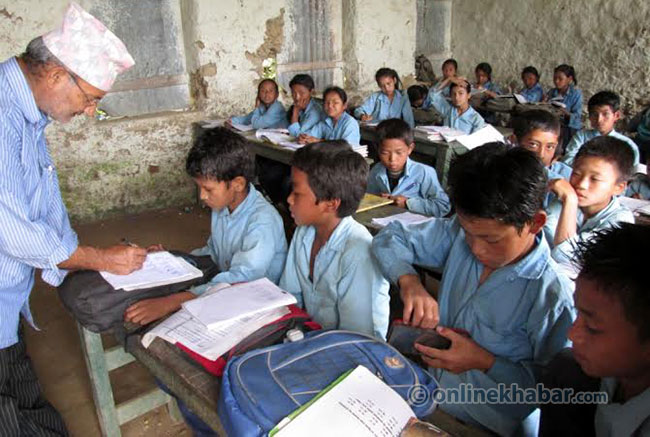
The federal government manages teachers in four ways: permanent posts, relief posts, teachers’ subsidy quota and lump sum subsidy. According to the statistics section of the Human Resource Development Center, there are 146,951 teachers working in all seven provinces.
Similarly, essential support for school administration, including the facilitation of teacher appointments, is being provided through grants originating from the province, local government, private sources, and organisations such as Teach for Nepal and the Himalayan Trust.
Teach for Nepal alone is providing 69 trained teachers in five districts. According to Swastika Shrestha, Chief Executive Officer at Teach for Nepal, Teach for Nepal Fellows teach English, Science and Mathematics subjects.
The current scenario
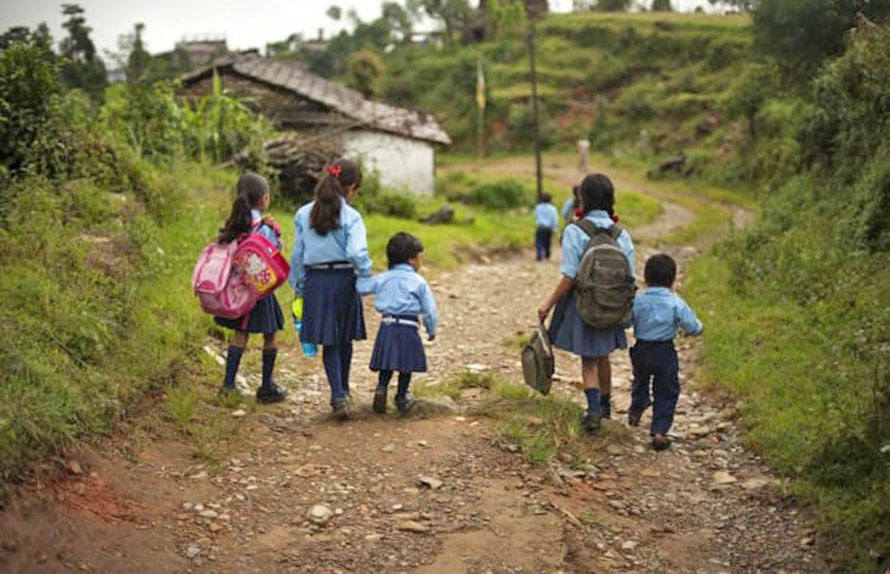
School Education Bill 2023 proposes that teachers working under teacher grant quotas and special education teacher grant quotas will automatically be converted into teaching posts. According to the Human Resource Development Center, there are currently around 40,000 teachers working under the relief quota. Similarly, classes 11 and 12 have 6,000 teachers with 2,000 teachers working in permanent posts and 4,000 subsidised quotas in temporary posts. If the provisions of the bill are passed, more than 46,000 new teaching posts will be added.
According to the Ministry of Education, Science and Technology, more than 53,000 teachers should be added to public schools. According to a report prepared in 2018, it was suggested that the government add more teachers. The report stated the primary level needed to add 3,922 posts, the lower secondary level needed to add 24,401 posts and the secondary level needed to add 24,835 posts.
The institutions in some schools are dire. The government has not provided any teachers in 2,838 schools at the basic level and 1,548 schools at the secondary level. All these schools are operating with federal grants, provincial grants, local level grants, school’s private resources and teacher support from various organisations.
Prem Bhattarai, the head of the Teacher Management Coordination Branch, it is essential to clarify that although there may not be any new permanent teaching positions available, it does not mean the government has not initiated any recruitment efforts.
“The government is actively trying to create opportunities. It is actively providing support through alternative methods like recruiting teachers through relief quotas, teacher subsidies, one-time subsidies, provincial support, and local initiatives,” said Bhattarai.
This story was translated from the original Nepali version and edited for clarity and length.










